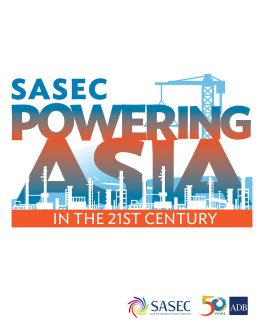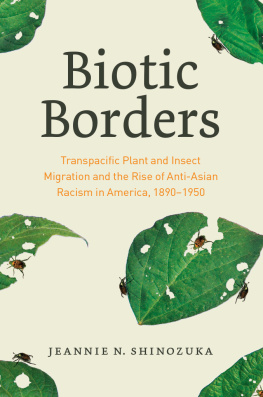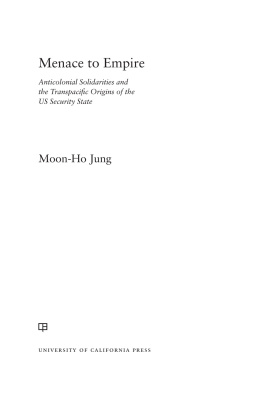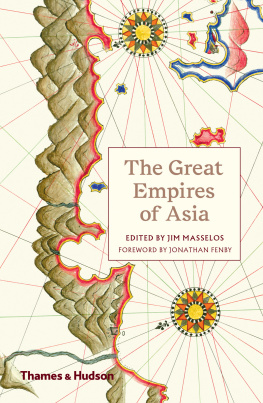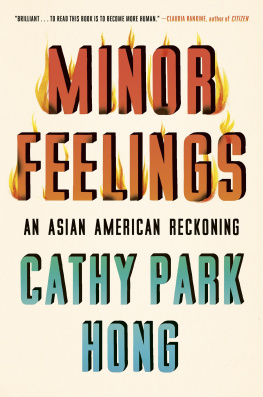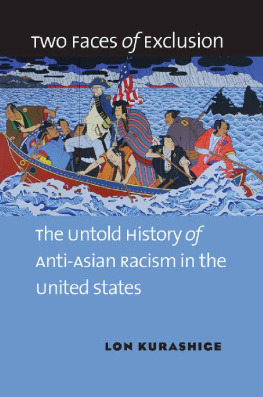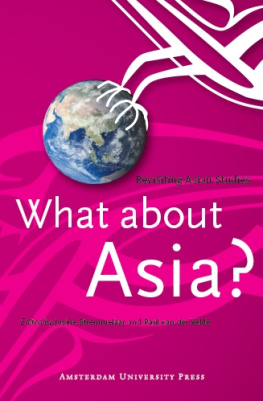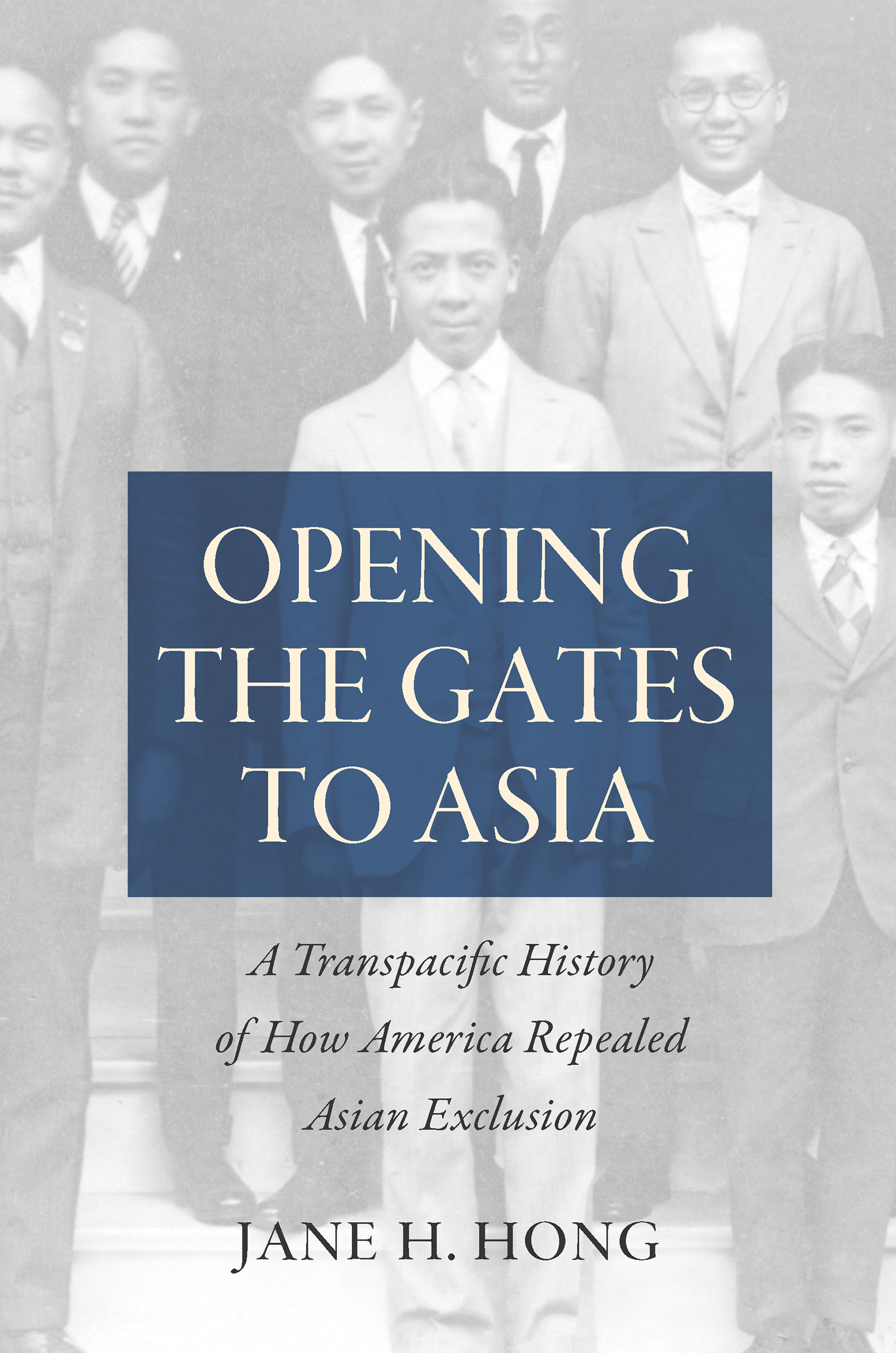Abbreviations in the Text
ACLU
American Civil Liberties Union
ACPFB
American Committee for the Protection of the Foreign Born
AFL
American Federation of Labor
ARCI
Aid to Refugee Chinese Intellectuals
CACA
Chinese American Citizens Alliance
CCBA
Chinese Consolidated Benevolent Association
CEN
Committee for Equality on Naturalization
CIO
Congress of Industrial Organizations
CPFR
Committee for the Protection of Filipino Rights
FCC
Federal Council of Churches
ILA
India League of America
INC
Indian National Congress
INS
Immigration and Naturalization Service
IWL
India Welfare League
JACL
Japanese American Citizens League
JACLADC
Japanese American Citizens LeagueAnti-Discrimination Committee
JAWP
Japanese Agricultural Workers Program
NAACP
National Association for the Advancement of Colored People
NCIC
National Committee on Immigration and Citizenship
OFW
overseas Filipina/o workers
PRC
Philippine resident commissioner
RRA
Refugee Relief Act
SCAP
Supreme Commander for the Allied Powers
SEATO
Southeast Asian Treaty Organization
UCAC
United Caribbean American Council
UN
United Nations
UNESCO
United Nations Educational, Scientific, and Cultural Organization
USAID
U.S. Agency for International Development
Opening the Gates to Asia
Introduction
In 1907, Indian nationalist Taraknath Das fled the Indian subcontinent and the surveillance of British colonial authorities for the relative safety of the United States. There, he continued agitating for Indian independence from more than a century of British colonial rule. After brief sojourns in Seattle and northern California, he passed the U.S. Civil Service Examination and moved to Vancouver, Canada, where he worked as an interpreter at the British Columbia office of the U.S. Immigration Service for one short year. When Canadian authorities gave him a choice between keeping his job or continuing to publish the Indian nationalist newspaper he had founded, he chose the latter. Once back in the United States, he continued his revolutionary activities, rallying Indians and other anti-British forces toward the cause of Indias independence. In 1917, Das was one of seventeen Indians convicted for their role in the Ghadar Conspiracy, a German-supported plot to overthrow the British Raj in India. He served a few years in prison for violating American neutrality laws during wartime, but, unlike most of his co-defendants, was not deported because he was a naturalized U.S. citizen. In 1923, the Supreme Court stripped him and dozens of other Indians of their naturalized status by ruling that Indians, as nonwhites, fell within the category of aliens ineligible to U.S. citizenship. Much as he had fought British colonial rule, he would spend the next two decades fighting in the U.S. Congress to get his citizenship back.
Histories of Asian exclusion in the United States often center around Chinese experiences, focusing on immigrant resistance to restrictive laws such as the 1882 Chinese Exclusion Act. But stories like Dass remind us that exclusion was a heterogeneous regime that affected Asian groups differently. Taraknath Das was born in West Bengal, India, in 1885, around the time that the U.S. Congress began restricting would-be Chinese migrants, and he died in New York City in 1958, seven years before the Hart-Celler Act eliminated the Asian exclusion regime altogether. The Supreme Courts 1923 ruling in U.S. v. Thind resolved that uncertainty, sanctioning the stripping of Dass U.S. citizenship.
The completion of the Asian exclusion regime followed one year after Das lost his citizenship. The 1924 Immigration Act created the national origins quota system that would remain in place until 1965, at first only permitting Europeans entry through country-based quotas. At the same time, the law solidified the exclusion of all Asians regardless of ethnicity or socioeconomic class by making the ability to immigrate contingent on eligibility for naturalization. Thus as aliens ineligible to citizenship, no Asians now qualified for immigration. Moreover, the codification of Asians as permanent aliens in federal law made it harder for Indians stripped of their naturalized citizenship to get it back. Thwarted in his own personal efforts, Das lived several years in Europe before returning to teach political philosophy at Columbia University.
On May 25, 1943, the donnish professor was one of two non-Chinese Asians to testify in support of repealing Chinese exclusion at the U.S. House Committee on Immigration and Naturalizations widely publicized hearing on the subject. In a long and far-ranging statement, the now elderly Das recounted how, during the nineteenth century, the United States had initially pursued oriental immigration in its quest for manifest destiny in the form of expansion in the Pacific, but later reversed this policy, leaving poor, militarily weak China to make faint protest against the 1882 Chinese Exclusion Acts discriminatory provisions. At the height of World War II, Das called not only for an end to Chinese exclusion but for the wholesale repeal of all Asian exclusion laws, which he denounced as a symbol of Americas Nazi-like race prejudice against the peoples of the Orient. His words enraged southern lawmakers, who told him he was pushing the demand too far; an Oriental born thousands of miles away should not be able to come before Congress and criticize [the United States] country and courts, one protested. Another opponent of the bill dryly congratulated Das for having done the cause of repeal more harm than anybody else.


